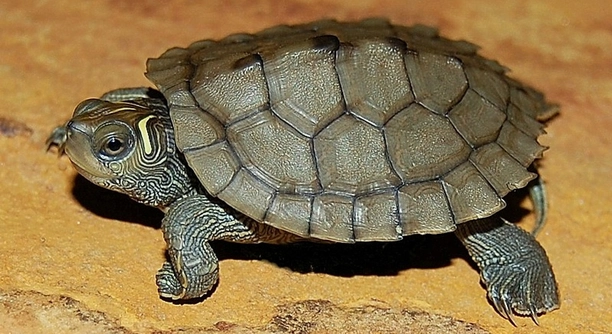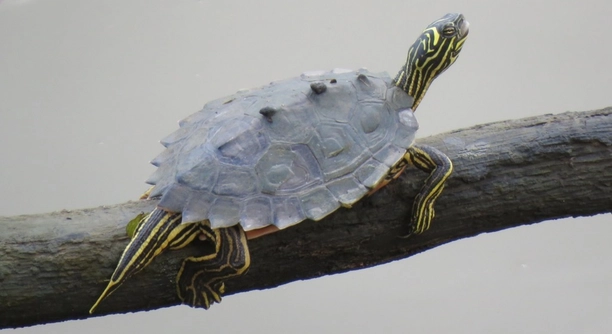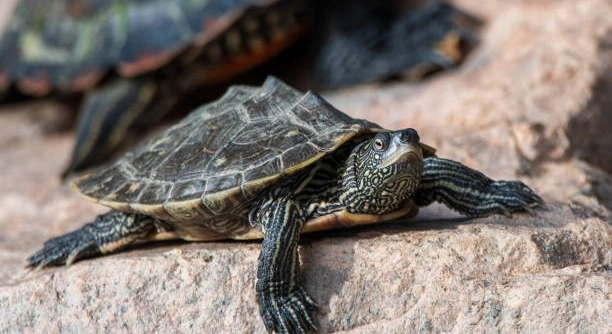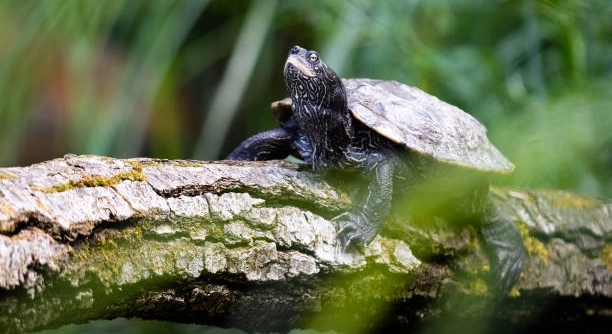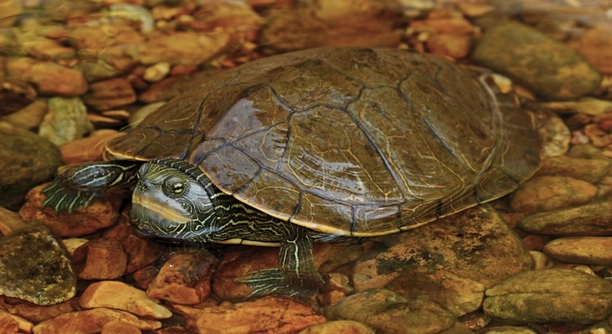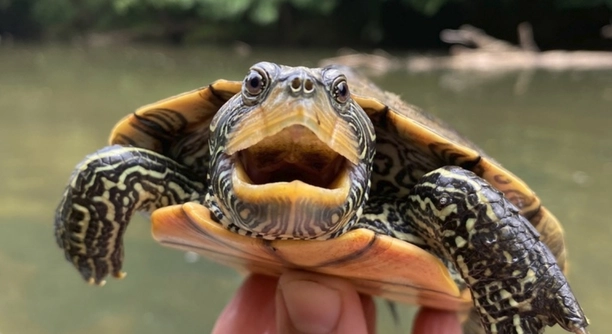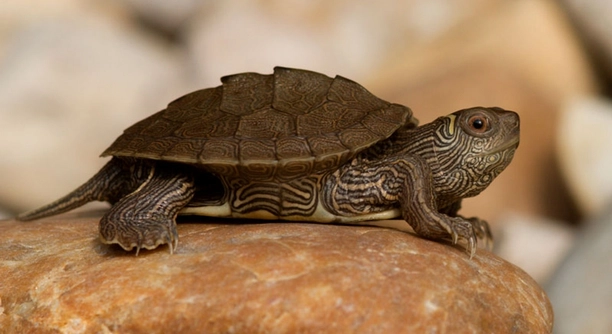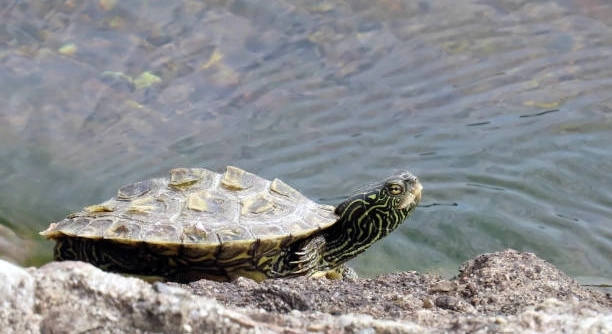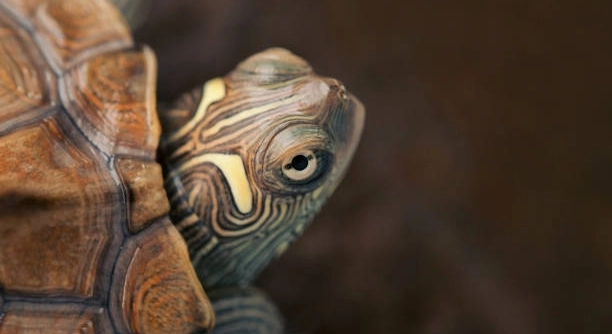Why Is My Map Turtle Behaving Differently After a Tank Upgrade?
When you upgrade your map turtle’s tank, you may notice some changes in its behavior. This can be concerning, especially if you aren’t sure why your turtle is acting differently after the upgrade. Tank upgrades can affect a turtle’s behavior due to changes in environmental factors such as water temperature, filtration, or space. These adjustments … Read more

